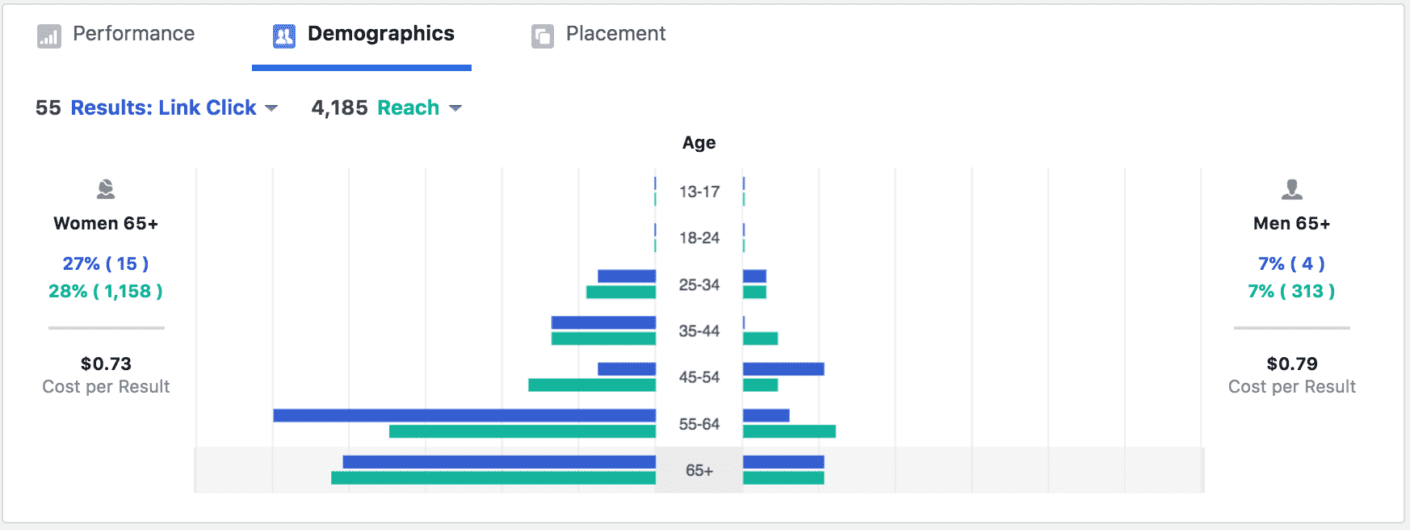A lot of companies are spending money running social ad campaigns and many are making a huge mistake.
Social advertising has evolved rapidly over the past decade. From simple image ads to dynamic interactive campaigns with transformative customer experiences, social advertising continues to change every day. Throughout this evolution, many organizations have experienced an increase in sales or lead generation, but often aren’t leveraging the information they’re gathering outside of their platform.
Facebook ad performance may determine the next Facebook ad campaign, but it’s not necessarily influencing what is done on Twitter or on digital display. Campaigns are being optimized, hopefully, but only to the criteria defined in that single campaign or ad.
Watch our Webinar with real world examples
Find the Needles in Haystacks of Data
Social ad campaigns can often produce so much information that it can be hard to determine which factors are actually driving audience behavior. For example, Facebook Insights provides hundreds of different data points to analyze.
Was it an image? A headline? A single word in a line of copy? Depending on the situation, the answer may or may not be yes.
To help determine which factors are actually influencing behavior, we recommend first conducting multi-variable tests for every campaign. This process involves creating every single combination of image, copy, call-to-action and headline to help unlock the right combination for your target audience. You can also test your audiences against one another.

Second, we recommend reviewing numerous factors in order to optimize each campaign within each channel. Optimization on this granular level improves the individual campaign and can be shared and tested across other networks.
By working through these exercises and determining which factors are actually driving clicks and conversions for each channel, you no longer have to guess at success. You now have the information that can be leveraged across different networks.
Build Your Bridges
Social ad campaigns that live in isolation from one another are producing results that represent a part of a whole. Each one a man on an island is fending for himself the best way he knows how. Now imagine connecting those islands with a series of bridges.
Digitally this means leveraging the strengths of each network to benefit the collective, creating an ecosystem of information that elevates all players involved. That information should then be tested and verified on different networks to see the true value.
For example, if a LinkedIn sponsored content campaign determines using red hues versus green increases clicks and conversions, do a split test to determine whether that’s true on Facebook as well. If your Facebook campaign then tells you that females are twice as likely to respond to a campaign, test that information on other networks and see if there’s a corresponding reaction.

Some optimizations will outperform others, and that’s ok. Sharing information is an ever-evolving process that improves the overall individual campaign performance and gives you a head start on future campaigns.
Cohesive Data is Key
Social ad campaigns allow you to hone in on those most likely to invest in your product and engage with your brand. Targeting expands beyond other digital platforms, allowing you to reach people based on specific keywords, hashtags, emojis and more.
When integrated across multiple channels these targeting opportunities allow you to build a more complete customer profile that provides your sales team with actionable data intelligence and qualified leads.
Here’s an example:
Your company is trying to land a big account and you’re already targeting leaders of that company with digital ad campaigns and email. Some of those leaders have visited your website as a result of the campaigns, but you’re no closer to making that sale.
So, you build a social ad campaign to extend that conversation to expand your reach and visibility to your target. Data collection moves beyond demographic and geographic data into specific interests, conversations and behaviors that can only be identified on specific social channels.
As your campaign progresses, you build a more expansive set of data that can be used to improve targeting across all platforms. You then leverage that information to optimize your other campaigns and your emails improve because you know their pain points. Your digital ads are adjusted to reflect their company jargon. You close the integration loop and six months later, you close the deal.
Without data integration, information from your social campaigns simply sit there collecting digital dust. With it, all aspects of your campaign improve together and you have a cohesive experience across all channels.



